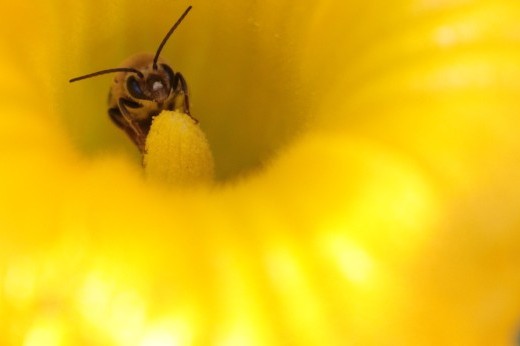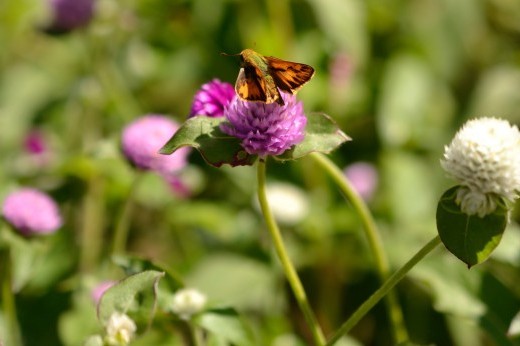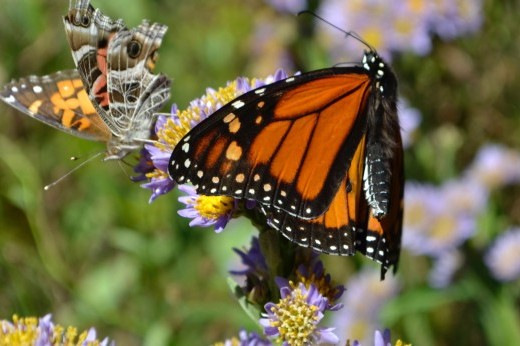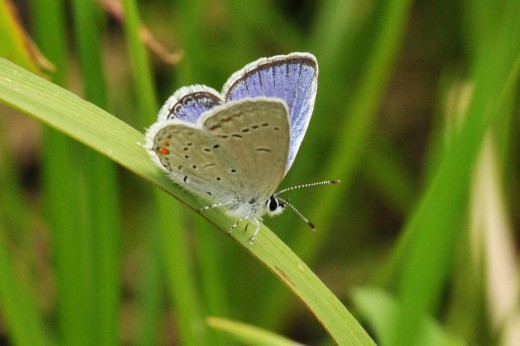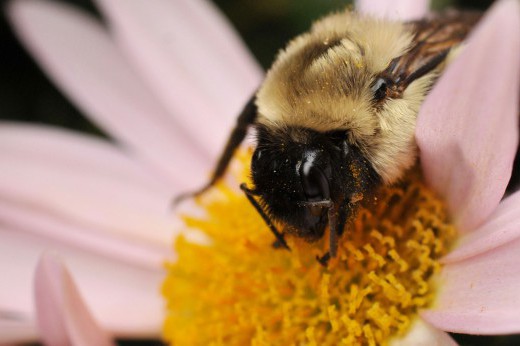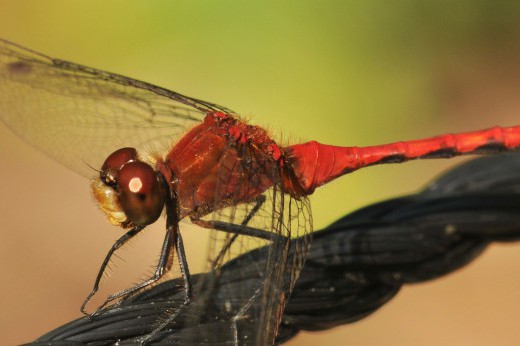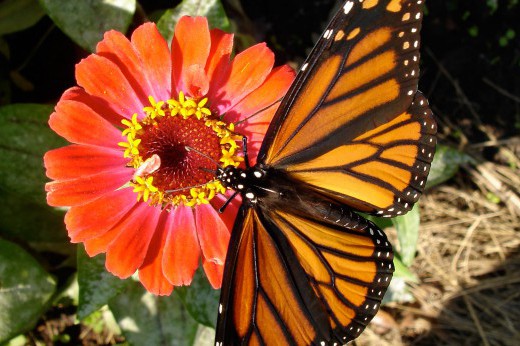Topics
Special Series
Pollinators
-
Plants and Pollinators: An Evolutionary Love Story
Learn about the special relationships that have evolved between plants and insect pollinators, and the threats they face today.
By Ellie Shechet -
Asters and Goldenrods: Ecological Superstars
Goldenrods and asters provide sustenance, breeding sites, and overwintering spaces for numerous native insect species.
By Ronen Gamil -
Shalene Jha on Community Gardens as Biodiversity Havens
We spoke with Dr. Shalene Jha, associate professor in the department of integrative biology at the University of Texas-Austin, about urban habitats, “bee bread,” and gardening toward a better future.
By Ellie Shechet -
Make Your Garden a Haven for Insect Diversity
Create a habitat for pollinators as well as the amazing array of less beloved, but still important, insects out there.
By Ashley Gamell -
All About Bugs: Introduction to Butterflies
Watch for butterflies and caterpillars of all sorts, and learn more about some of Brooklyn's most common lepidopterans.
By Steven N. Severinghaus -
Make a Butterfly Habitat in a Window Box
If you provide warmth (a sunny spot), shelter (shrubs and trees), and nectar (masses of flowers from spring to fall), butterflies will feed and maybe even lay eggs there.
By Brooklyn Botanic Garden Staff -
All About Bugs: Bees, Bee-Mimics, and Pollinators of All Kinds
Learn to identify five common pollinators, and find out more about their fascinating habits.
By Steven N. Severinghaus -
All About Bugs: Dragonflies
Can you tell a green darner from from a great blue skimmer? Dragonflies of all sorts are out in force this time of year.
By Steven N. Severinghaus -
Butterfly Gardening in Fall
Learn how to create a simple, low-maintenance design that will lure monarchs, swallowtails, skippers, and other beneficial insects throughout autumn.
By Claire Hagen Dole -
Native Bees
Honey bees are from Europe. The bee species native to North America are very different. They can be black, brown, or green, and the vast majority are solitary creatures that nest in cavities or soil. They are also important pollinators and could use your help!
By Elizabeth Peters


